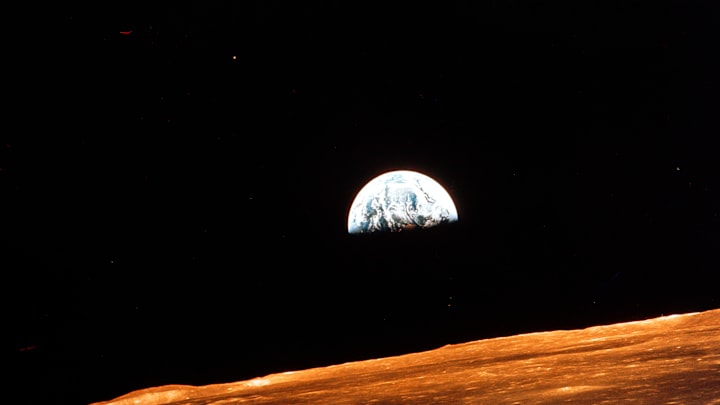There is a tendency in Star Trek for the names of various alien species to reflect the names of the planets (or moons) from which they hail. We have Andorians from Andoria, Betazoids from Betazed, Cardassians from Cardassia, and the list goes on. But the beings from Earth, as in real life, are known as Humans, with terms like "Terran" or "Earther/Earthling" having different connotations.
We know of a few other incongruous species-planet pairings, like Kaminar being home to the Kelpiens and Ba'ul or the Klingons and Qo'noS (Kronos). Plus, by the 32nd Century, the Vulcans and Romulans reunited and renamed Vulcan to Ni'Var. Based on the list of inhabited planets from Memory Alpha, however, these instances are few and far between.
In some ways, this naming convention makes sense. It follows the way demonyms are constructed in English to refer to people's nationalities, where someone from Italy is Italian or someone from China is Chinese. So, maybe the Humans from Earth are like the Dutch from the Netherlands, then?
That seems possible. It also isn't like Star Trek is alone in science fiction in referring to alien species by their planets of origin. The notion of people from Mars being "Martians," for instance, has been around in fiction since at least the 1800s. Some other sci-fi universes also often follow this trend for their alien planets, such as DC Comics or Babylon 5.
By contrast, universes like Star Wars, Mass Effect, and Stargate tend to offer more imaginative pairings
A drawback to this naming scheme, however, is that it can tend to depict the alien cultures (and their planets) monolithically. Whereas humans are depicted as richly diverse in their customs and languages, other alien species tend to have fairly limited cultural diversity. Maybe that's part of the point, though.
For one thing, Humanity is shown to have ultimately achieved unification through peaceful means. By contrast, the Klingons or the Cardassians seem likely to have unified their homeworlds through conquest. This may even be the case for the Vulcans, whose violent past led to a near-universal adoption of the teachings of Surak on their world.
It should also be noted, though, that while Star Trek has always featured alien characters, its stories have always centered around Humanity. In fact, many stories highlight the notion that Humans are special in some way. Part of that specialness is our diversity:
"If we cannot learn to actually enjoy those small differences, to take a positive delight in those small differences between our own kind, here on this planet, then we do not deserve to go out into space and meet the diversity that is almost certainly out there."Gene Roddenberry
In this sense, highlighting Human diversity is a major component of Star Trek. While the fictional universe is richer with deep and diverse alien species, making those species more homogenous within themselves draws attention to all of the variations and differences in Humanity. Perhaps making Earth one of the few planets with a species of a different name is part of that specialness.
Of course, it could also be that, with 900+ episodes and 13 feature films over nearly 60 years, it's easier to keep track of things if there's a clear species-planet connection in the naming schemes. Ockham's Razor might support that, but it's more fun to entertain a deeper meaning sometimes.
